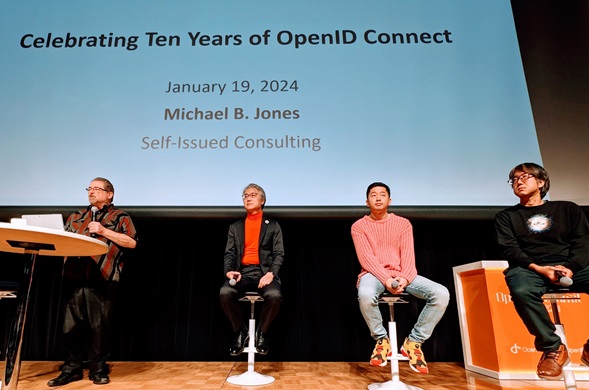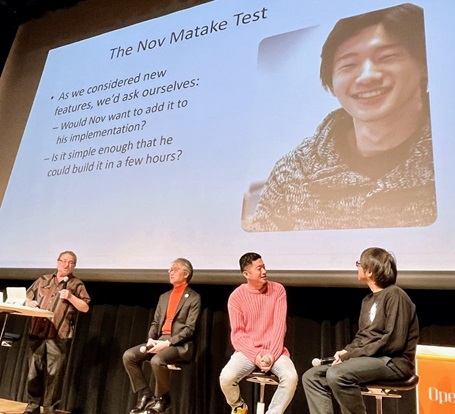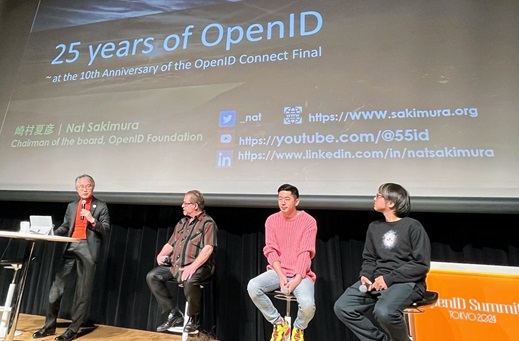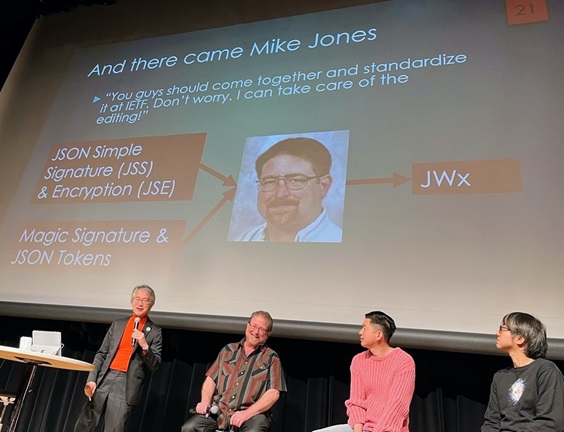 I was encouraged by Pål Axelsson to hold an unconference discussion giving an overview of OpenID Federation during the 2025 Internet2 Technology Exchange conference in Denver. So I did so with a receptive and engaged group of participants yesterday, Thursday, December 11, 2025. See the notes from the Thursday session by Phil Smart, which include links to multiple Federation pilots.
I was encouraged by Pål Axelsson to hold an unconference discussion giving an overview of OpenID Federation during the 2025 Internet2 Technology Exchange conference in Denver. So I did so with a receptive and engaged group of participants yesterday, Thursday, December 11, 2025. See the notes from the Thursday session by Phil Smart, which include links to multiple Federation pilots.
Afterwards, several people told me that they were sorry to have missed it. So I reprised the discussion today, Friday, December 12, 2025, with a second equally engaged and mostly non-overlapping set of participants. See the notes from the Friday session by James Cramton, which captures both the breadth of participation and some of the key points made. Mihály Héder from Hungary is prototyping and was particularly engaged.
See the deck I used to queue up discussion points titled “OpenID Federation Overview” (pptx) (pdf).
The participants were some of the world’s experts in multi-lateral federation. It was great spending time with them and learning from them!

 The
The 
















